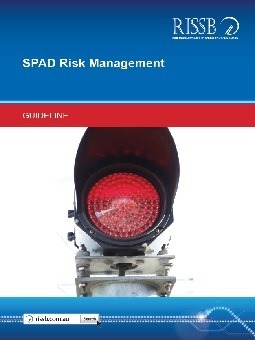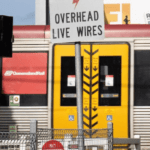The purpose of this Guideline is to provide examples of good practice in preventing and mitigating the risks arising from a Signal Passed at Danger (SPAD) and to improve the understanding of SPAD risk. Rail Transport Operators (RTOs), which includes both rolling stock operators and rail infrastructure managers, may benchmark themselves against the good practice presented within this Guideline. Good practices have been presented in a scaled maturity model style to separate what is basically a minimal approach from the more sophisticated approaches indicative of a mature safety management system.
It is recognised that SPAD risks will vary between networks and RTOs and hence this Guideline is not intended to mandate any particular practices to manage SPAD risk. It is intended to share good practice and solutions within the rail industry. Effective management of SPAD risks will also assist in managing a range of other rail safety risks. The same precursors to SPADs can be factors leading to many other risks and it follows that good SPAD performance is a sound indicator of good safety management generally.




